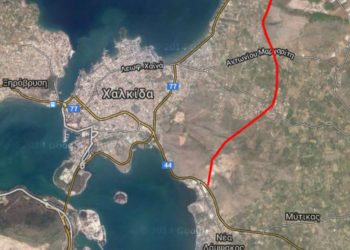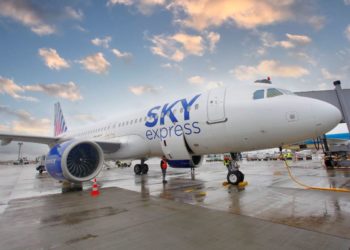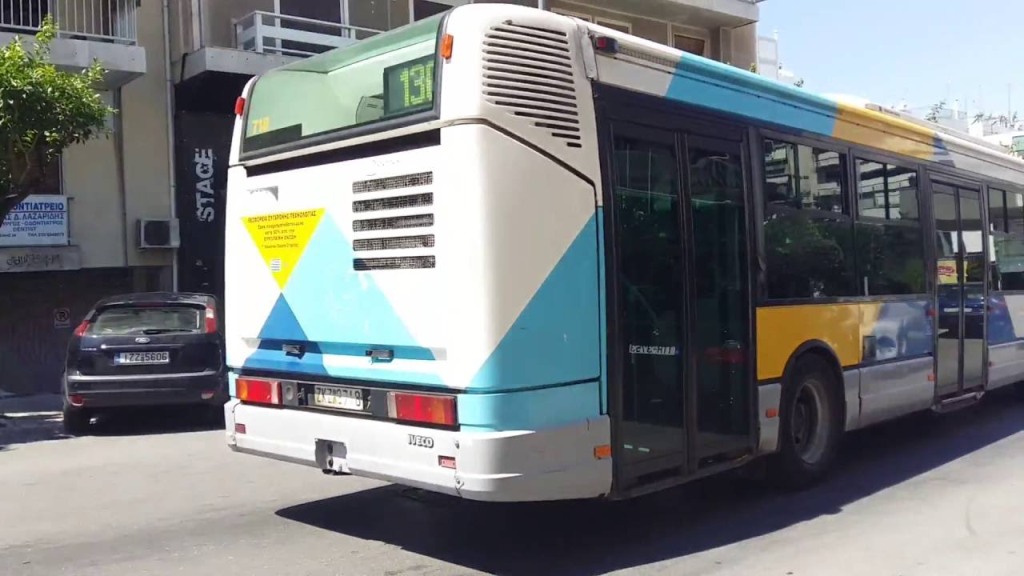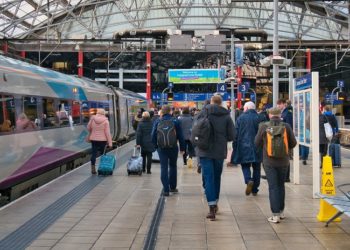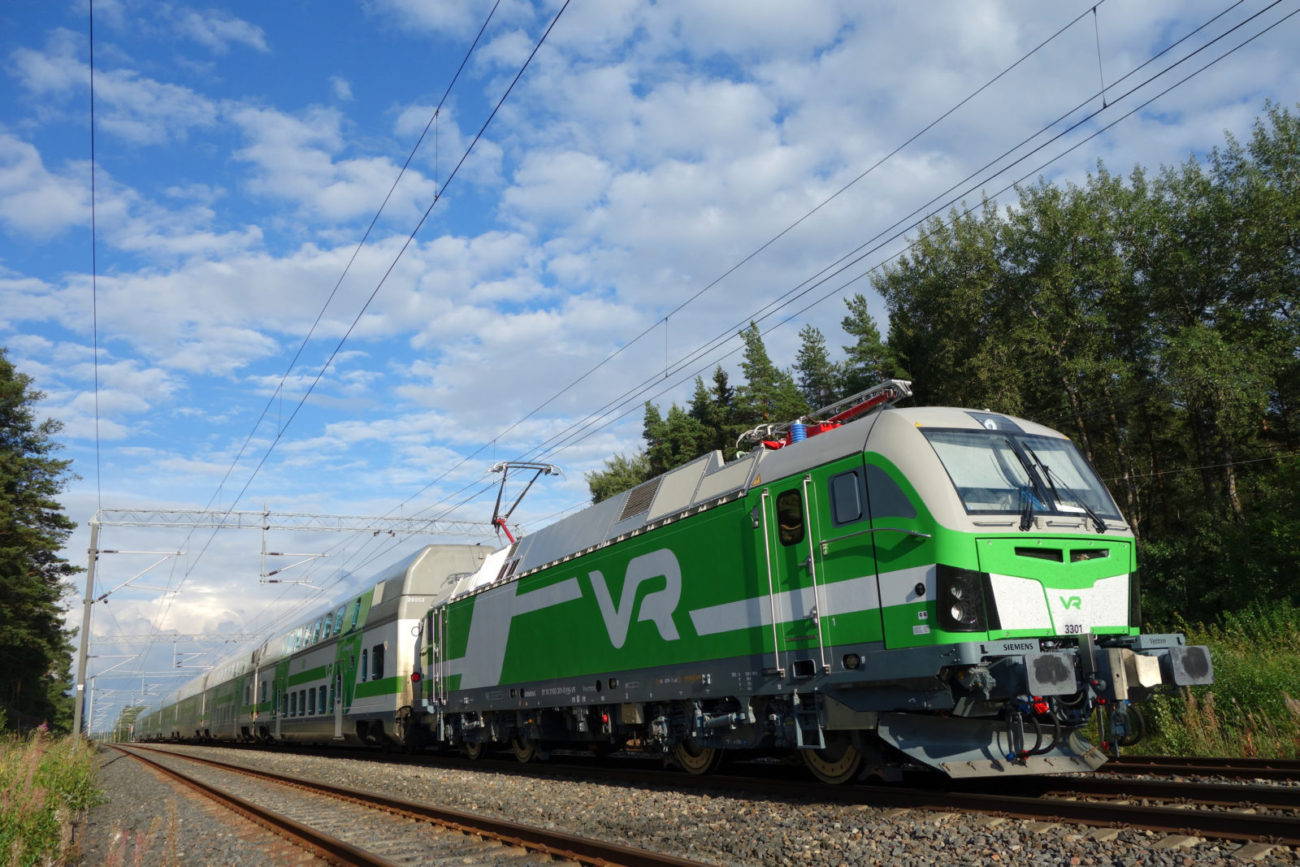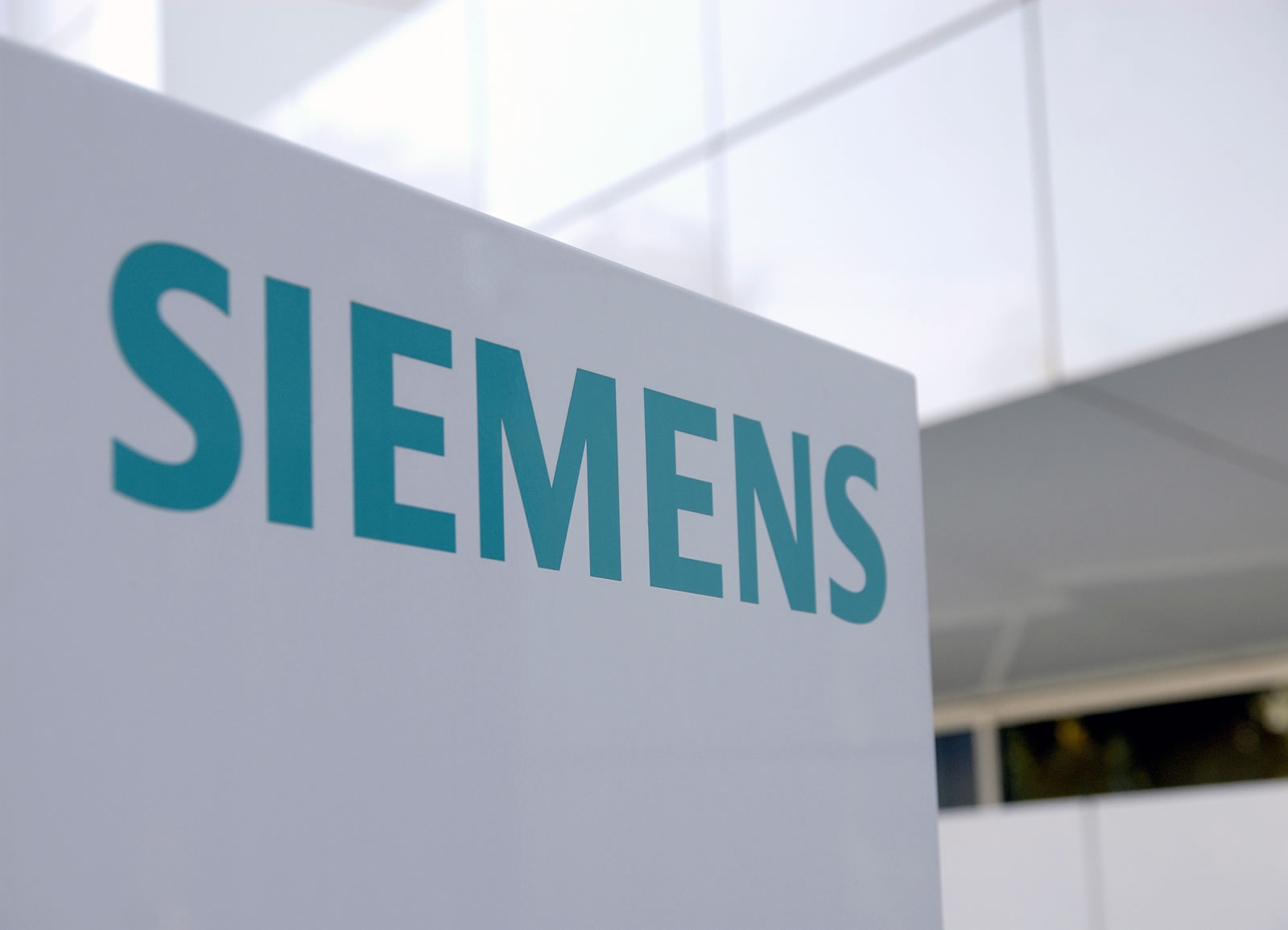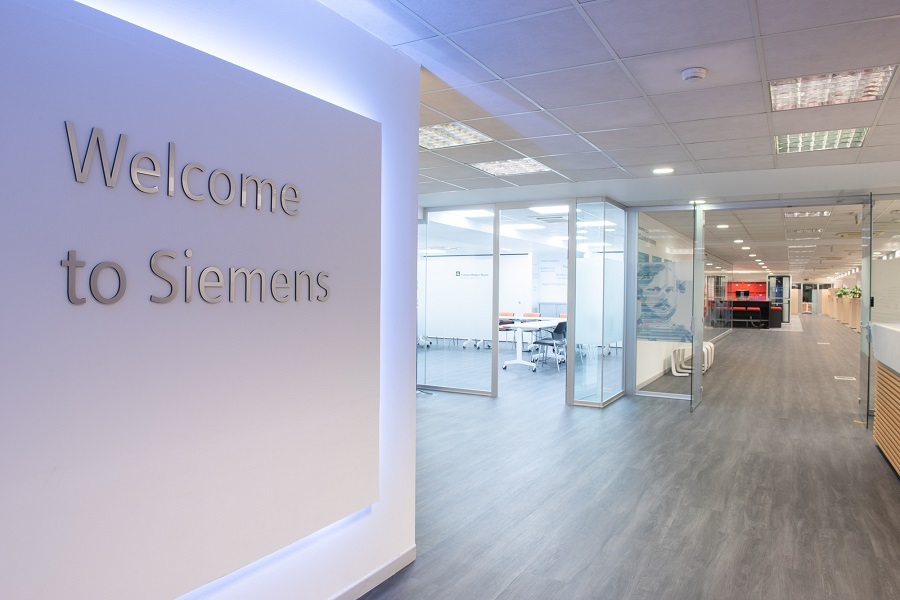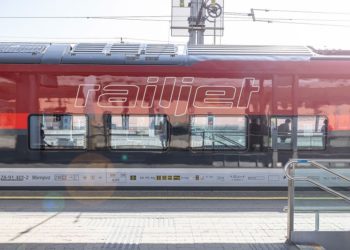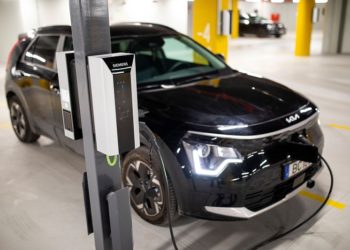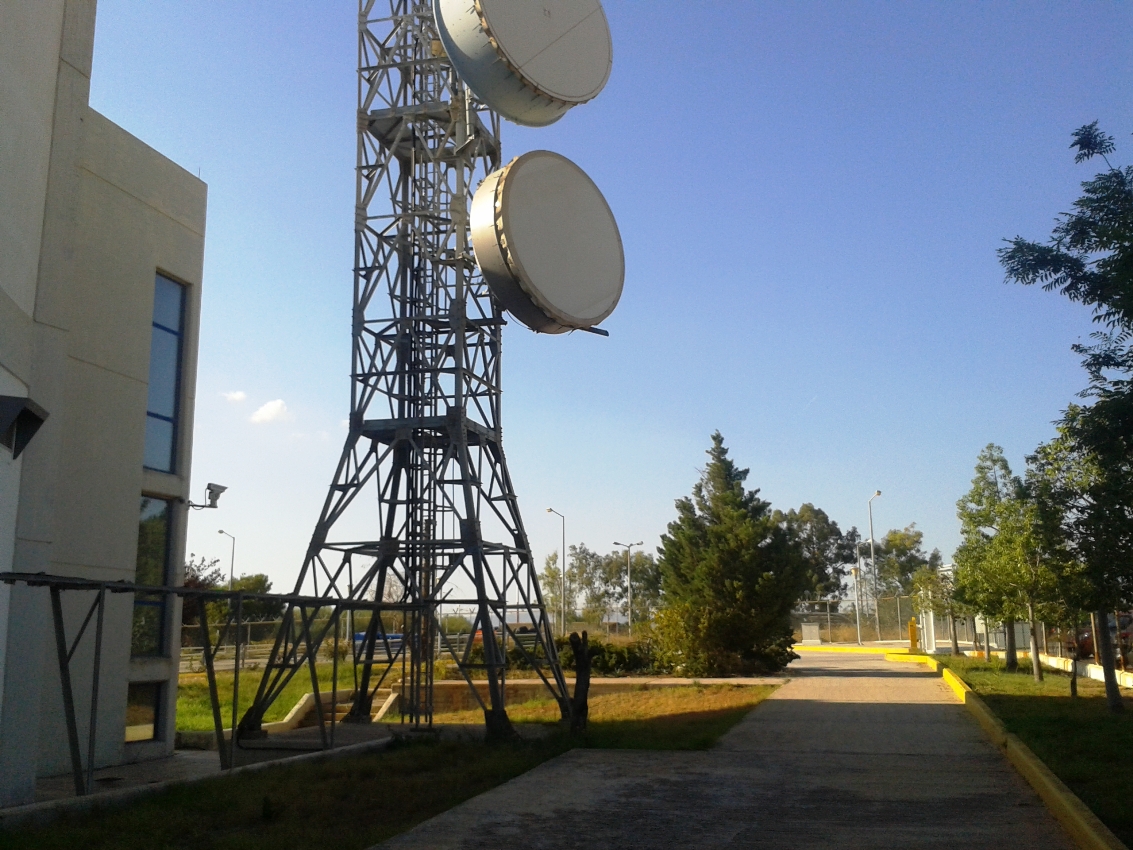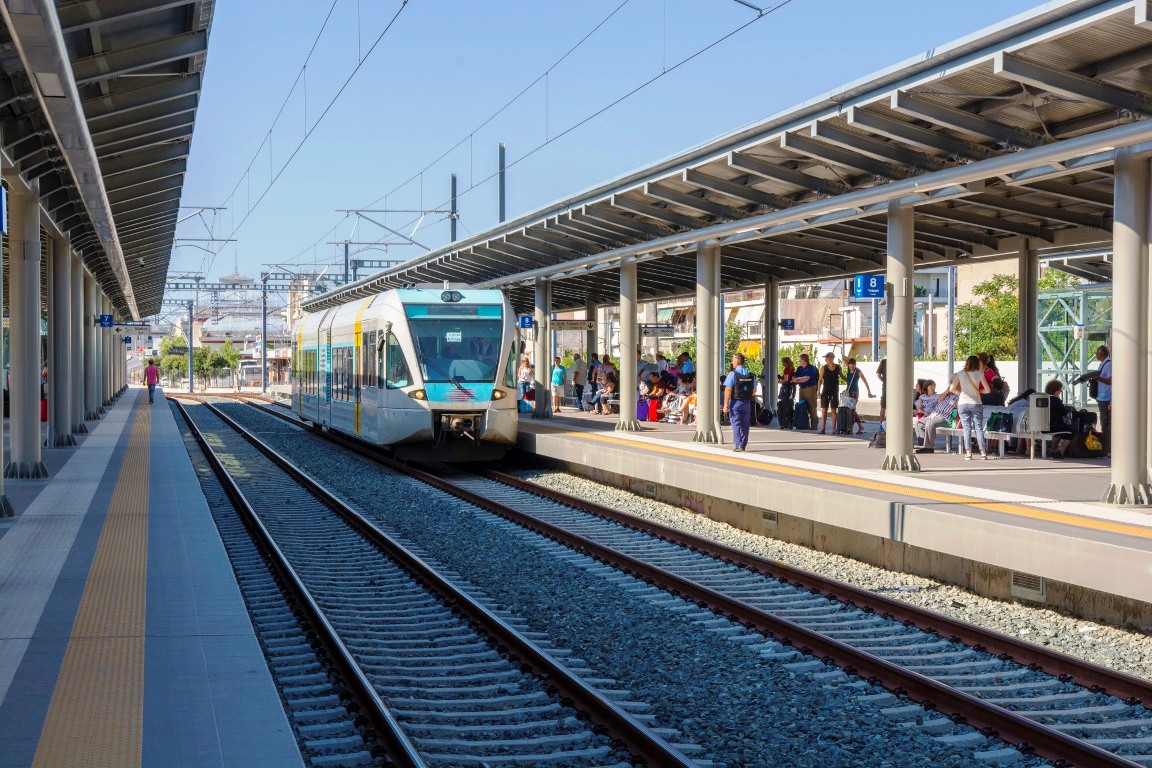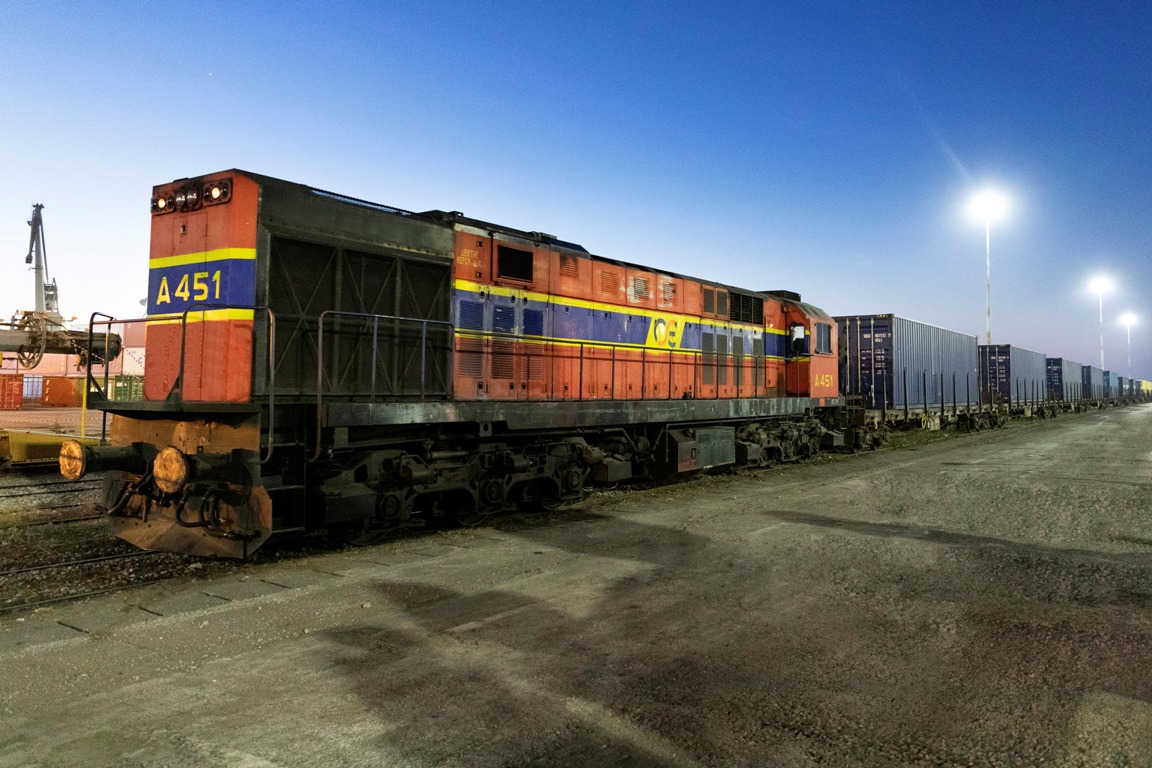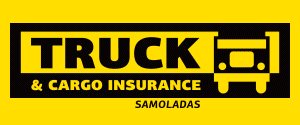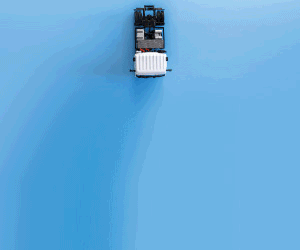The Vectron alternating-current (AC) locomotive for the Finnish railway company VR Group has been authorized for operation in Finland by Trafi, the Finnish Transport Safety Agency. The first eight Vectrons will immediately enter commercial service today. Today, the first commercial operation will start from the City of Tampere and end at the Vuosaari harbor in Helsinki. Siemens will be delivering a total of 80 locomotives to the VR Group. This is the first order for a broad-gauge configuration and at the same time the biggest single order for the Vectron to date. All locomotives are to be delivered by the end of 2026.
For testing and certification of the extensive new equipment package for Finland, up to five locomotives have been undergoing type tests according to the Technical Specifications for Interoperability (TSI) since early 2016. Various additional functionalities and equipment packages were certified, such as the broad-gauge bogies, the special winter package and the two diesel power modules for bridging short stretches without an overhead power line.
The VR Group ordered the Nordic version of the Vectron in February 2014. The locomotives have a maximum output of 6.4 MW and a top speed of 200 km/h. The bogies are designed for operating on 1.524 mm broad-gauge lines. The locomotives will be used in Finland and are equipped with the European Train Control System (ETCS) as well as the Finnish JKV-STM train control system. The locomotives will have the series designation Sr3. The Vectrons are specially equipped to operate under harsh Nordic winter conditions in Finland, such as frequent collisions with larger animals, temperatures as low as 40°C below zero and powder snow. To handle these conditions, the locomotives are built with cavity roofs and a reinforced front hatch. Other special features include side buffers and automatic couplers.
Timber is frequently transported by rail in Finland and trains are moved in and out of forests on non-electrified rail lines. The Vectron accomplishes this with two diesel power modules and on-board radio remote shunting controls. With this system, there is no need for separate diesel shunting locomotives.

